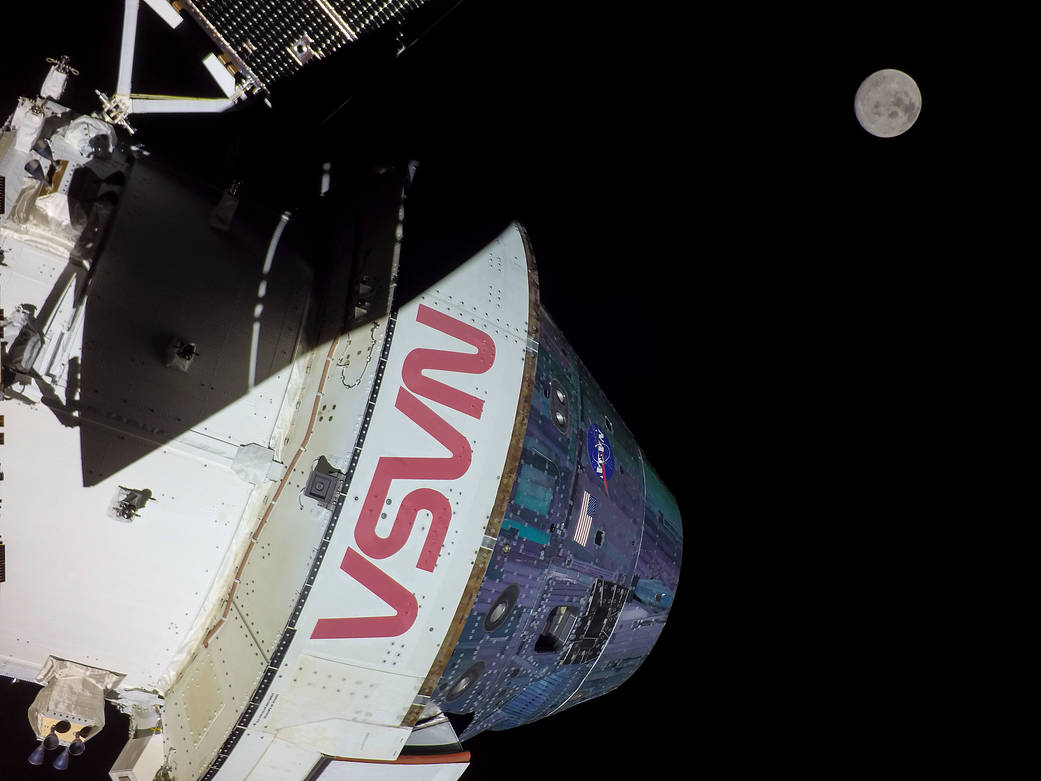
NASA seeks volunteers to passively track the Artemis II Orion spacecraft as the crewed mission travels to the Moon and back to Earth.
The Artemis II test flight, a launch of the agency's SLS (Space Launch System) rocket and Orion spacecraft, will send NASA astronauts Reid Wiseman, Victor Glover, and Christina Koch, along with CSA (Canadian Space Agency) astronaut Jeremy Hansen, on an approximately 10-day mission around the Moon.
The mission, targeted for no later than April 2026, will rely on NASA's Near Space Network and Deep Space Network for primary communications and tracking support throughout its launch, orbit, and reentry. However, with a growing focus on commercialization, NASA wants to further understand industry's tracking capabilities.
This collaboration opportunity builds upon a previous request released by NASA's SCaN (Space Communication and Navigation) Program during the Artemis I mission, where ten volunteers successfully tracked the uncrewed Orion spacecraft in 2022 on its journey thousands of miles beyond the Moon and back.
During the Artemis I mission, participants - ranging from international space agencies, academic institutions, commercial companies, nonprofits, and private citizens - attempted to receive Orion's signal and use their respective ground antennas to track and measure changes in the radio waves transmitted by Orion.






